|
Your search criteria found 3149 images Feature Name |
| My List |
Addition Date
|
Target | Mission | Instrument | Size |

|
1997-11-18 | Europa |
Galileo |
Solid-State Imaging |
2000x1000x3 |
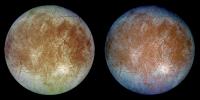
|
|||||

|
1997-11-18 | Ganymede |
Galileo |
Solid-State Imaging |
1920x1080x3 |
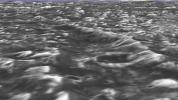
|
|||||

|
1997-11-18 | Callisto |
Galileo |
Solid-State Imaging |
1200x1200x1 |
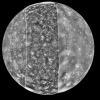
|
|||||

|
1997-11-18 | Ganymede |
Galileo |
Solid-State Imaging |
321x260x1 |
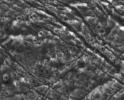
|
|||||

|
1997-11-18 | Ganymede |
Galileo |
Solid-State Imaging |
519x520x1 |
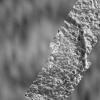
|
|||||

|
1997-11-18 | Ganymede |
Galileo |
Solid-State Imaging |
411x431x1 |

|
|||||

|
1997-11-18 | Ganymede |
Galileo |
Solid-State Imaging |
245x203x1 |
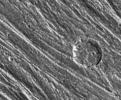
|
|||||

|
1997-11-18 | Ganymede |
Galileo |
Solid-State Imaging |
430x370x1 |
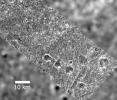
|
|||||

|
1997-11-18 | Ganymede |
Galileo |
Solid-State Imaging |
382x341x1 |
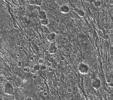
|
|||||

|
1997-11-20 | Ganymede |
Galileo |
Solid-State Imaging |
648x471x1 |
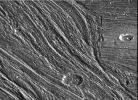
|
|||||

|
1997-11-24 | Ganymede |
Galileo |
Solid-State Imaging |
648x460x1 |
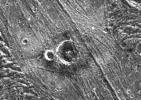
|
|||||

|
1997-11-26 | Ganymede |
Galileo |
Solid-State Imaging |
620x540x1 |
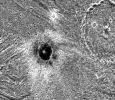
|
|||||

|
1997-12-10 | Callisto |
Galileo |
Solid-State Imaging |
1760x2200x1 |

|
|||||

|
1997-12-10 | Europa |
Galileo |
Solid-State Imaging |
807x920x3 |

|
|||||

|
1997-12-18 | Callisto |
Galileo |
Solid-State Imaging |
400x400x1 |
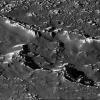
|
|||||

|
1997-12-18 | Callisto |
Galileo |
Solid-State Imaging |
400x400x1 |
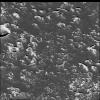
|
|||||

|
1997-12-18 | Callisto |
Galileo |
Solid-State Imaging |
1757x1905x1 |

|
|||||

|
1997-12-18 | Io |
Galileo |
Solid-State Imaging |
800x800x1 |
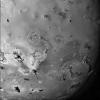
|
|||||

|
1997-12-18 | Europa |
Galileo |
Solid-State Imaging |
800x800x1 |
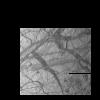
|
|||||

|
1997-12-18 | Callisto |
Galileo |
Solid-State Imaging |
800x780x1 |
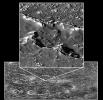
|
|||||

|
1997-12-18 | Io |
Galileo |
Solid-State Imaging |
743x647x1 |
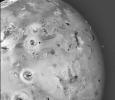
|
|||||

|
1997-12-18 | Io |
Galileo |
Solid-State Imaging |
800x472x1 |
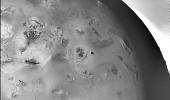
|
|||||

|
1997-12-18 | Io |
Galileo |
Solid-State Imaging |
800x615x1 |
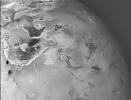
|
|||||

|
1997-12-18 | Io |
Galileo |
Solid-State Imaging |
797x752x1 |
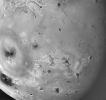
|
|||||

|
1997-12-18 | Io |
Galileo |
Solid-State Imaging |
685x752x1 |

|
|||||

|
1997-12-18 | Callisto |
Galileo |
Solid-State Imaging |
1088x585x1 |
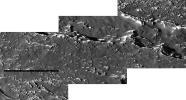
|
|||||

|
1997-12-18 | Callisto |
Galileo |
Solid-State Imaging |
2130x1065x1 |
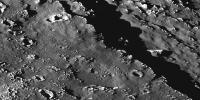
|
|||||

|
1997-12-18 | Callisto |
Galileo |
Solid-State Imaging |
1099x1451x3 |

|
|||||

|
1997-12-18 | Callisto |
Galileo |
Solid-State Imaging |
317x800x3 |
|
|
|||||

|
1997-12-18 | Io |
Galileo |
Solid-State Imaging |
1817x1817x3 |
![Io, the most volcanic body in the solar system is seen in the highest resolution obtained to date [Sept.7 & Nov. 6, 1996] by NASA's Galileo spacecraft.](/thumb/PIA00583.jpg)
|
|||||

|
1997-12-18 | Callisto |
Galileo |
Solid-State Imaging |
1850x900x3 |
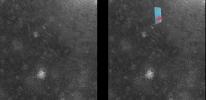
|
|||||

|
1998-02-04 | Io |
Galileo |
Solid-State Imaging |
2290x1308x3 |
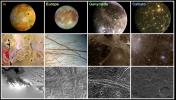
|
|||||

|
1998-02-04 | Europa |
Galileo |
Solid-State Imaging |
1259x556x3 |
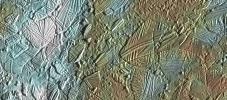
|
|||||

|
1998-02-12 | Mars |
Mars Global Surveyor (MGS) |
Mars Orbiter Camera (MOC) |
1536x2304x1 |

|
|||||

|
1998-02-12 | Mars |
Mars Global Surveyor (MGS) |
Mars Orbiter Camera (MOC) |
295x4988x1 |
|
|
|||||

|
1998-02-12 | Mars |
Mars Global Surveyor (MGS) |
Mars Orbiter Camera (MOC) |
2048x2304x1 |

|
|||||

|
1998-02-12 | Mars |
Mars Global Surveyor (MGS) |
Mars Orbiter Camera (MOC) |
1024x2688x1 |
|
|
|||||

|
1998-02-12 | Mars |
Mars Global Surveyor (MGS) |
Mars Orbiter Camera (MOC) |
1536x2304x1 |

|
|||||

|
1998-02-12 | Mars |
Mars Global Surveyor (MGS) |
Mars Orbiter Camera (MOC) |
1024x6378x1 |
|
|
|||||

|
1998-03-02 | Europa |
Galileo |
Solid-State Imaging |
733x406x3 |
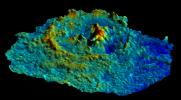
|
|||||

|
1998-03-02 | Europa |
Galileo |
Solid-State Imaging |
1400x1120x1 |
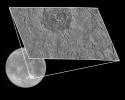
|
|||||

|
1998-03-02 | Europa |
Galileo |
Solid-State Imaging |
310x796x1 |
|
|
|||||

|
1998-03-06 | Europa |
Galileo |
Solid-State Imaging |
1248x800x1 |
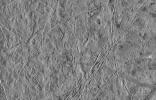
|
|||||

|
1998-03-06 | Europa |
Galileo |
Solid-State Imaging |
880x396x1 |
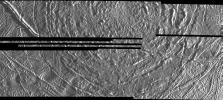
|
|||||

|
1998-03-06 | Europa |
Galileo |
Solid-State Imaging |
725x398x1 |
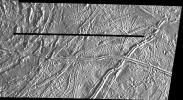
|
|||||

|
1998-03-06 | Europa |
Galileo |
Solid-State Imaging |
730x1410x1 |

|
|||||

|
1998-03-06 | Europa |
Galileo |
Solid-State Imaging |
1410x912x1 |
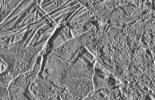
|
|||||

|
1998-03-06 | Europa |
Galileo |
Solid-State Imaging |
1400x1000x1 |
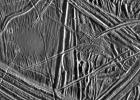
|
|||||

|
1998-03-06 | Europa |
Galileo |
Solid-State Imaging |
674x875x1 |

|
|||||

|
1998-03-06 | Europa |
Galileo |
Solid-State Imaging |
1018x1293x3 |

|
|||||

|
1998-03-26 | Europa |
Galileo |
Solid-State Imaging |
920x720x1 |
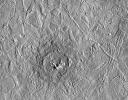
|
|||||

|
1998-03-26 | Europa |
Galileo |
Solid-State Imaging |
600x600x1 |
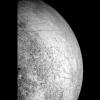
|
|||||

|
1998-03-26 | Callisto |
Galileo |
Solid-State Imaging |
725x550x1 |
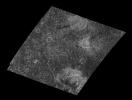
|
|||||

|
1998-03-26 | Amalthea |
Galileo |
Solid-State Imaging |
798x573x1 |
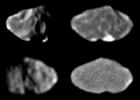
|
|||||

|
1998-03-26 | Thebe |
Galileo |
Solid-State Imaging |
428x195x1 |
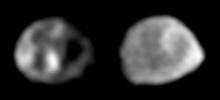
|
|||||

|
1998-03-26 | Europa |
Galileo |
Solid-State Imaging |
1903x1864x1 |
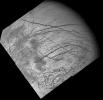
|
|||||

|
1998-03-26 | Callisto |
Galileo |
Near Infrared Mapping Spectrometer |
1065x863x3 |
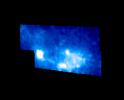
|
|||||

|
1998-03-26 | Ganymede |
Galileo |
Near Infrared Mapping Spectrometer |
1588x762x3 |
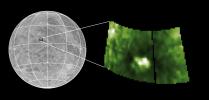
|
|||||

|
1998-03-26 | Europa |
Galileo |
Solid-State Imaging |
719x732x3 |

|
|||||

|
1998-03-26 | Ganymede |
Galileo |
Near Infrared Mapping Spectrometer |
445x525x1 |

|
|||||

|
1998-03-26 | Callisto |
Galileo |
Solid-State Imaging |
2170x1788x1 |
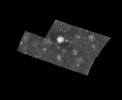
|
|||||

|
1998-03-26 | Callisto |
Galileo |
Solid-State Imaging |
1691x2231x1 |

|
|||||

|
1998-03-26 | Europa |
Galileo |
Solid-State Imaging |
2000x1350x3 |
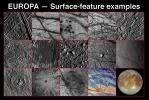
|
|||||

|
1998-03-26 | Callisto |
Galileo |
Solid-State Imaging |
3600x3320x1 |
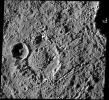
|
|||||

|
1998-03-28 | Pluto |
Hubble Space Telescope |
Faint Object Camera |
2573x1945x1 |
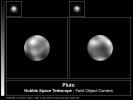
|
|||||

|
1998-03-28 | Pluto |
Hubble Space Telescope |
Faint Object Camera |
2813x1737x1 |
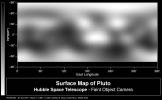
|
|||||

|
1998-04-02 | Earth |
TOPEX/Poseidon |
Altimeter |
2550x2545x3 |
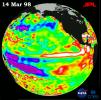
|
|||||

|
1998-05-02 | Mars |
Hubble Space Telescope |
WFPC2 |
2400x3000x3 |

|
|||||

|
1998-05-02 | Mars |
Hubble Space Telescope |
WFPC2 |
335x335x3 |
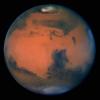
|
|||||

|
1998-05-02 | Mars |
Hubble Space Telescope |
WFPC2 |
2850x2025x3 |
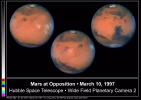
|
|||||

|
1998-05-02 | Mars |
Hubble Space Telescope |
WFPC2 |
800x525x3 |
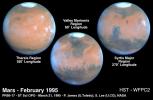
|
|||||

|
1998-05-02 | Mars |
Hubble Space Telescope |
WFPC2 |
800x800x3 |
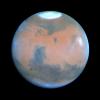
|
|||||

|
1998-05-02 | Jupiter |
Hubble Space Telescope |
WFPC2 |
600x700x3 |

|
|||||

|
1998-05-02 | Jupiter |
Hubble Space Telescope |
WFPC2 |
750x700x3 |
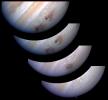
|
|||||

|
1998-05-02 | Jupiter |
Hubble Space Telescope |
WFPC2 |
830x568x3 |
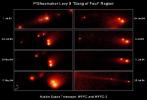
|
|||||

|
1998-05-02 | Jupiter |
Hubble Space Telescope |
WFPC2 |
800x600x1 |
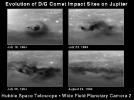
|
|||||

|
1998-05-02 | Jupiter |
Hubble Space Telescope |
WFPC2 |
600x854x1 |

|
|||||

|
1998-05-05 | Mars |
Hubble Space Telescope |
WFPC2 |
400x200x3 |
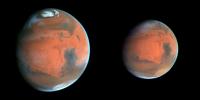
|
|||||

|
1998-05-08 | Callisto |
Galileo |
Solid-State Imaging |
930x550x3 |
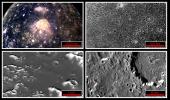
|
|||||

|
1998-05-08 | Callisto |
Galileo |
Solid-State Imaging |
749x344x3 |
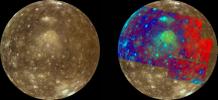
|
|||||

|
1998-05-08 | Io |
Galileo |
Solid-State Imaging |
1927x619x3 |

|
|||||

|
1998-05-21 | Europa |
Galileo |
Solid-State Imaging |
2700x2200x1 |
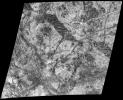
|
|||||

|
1998-05-21 | Europa |
Galileo |
Solid-State Imaging |
1042x643x3 |
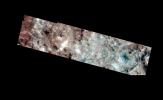
|
|||||

|
1998-05-21 | Europa |
Galileo |
Solid-State Imaging |
800x400x1 |
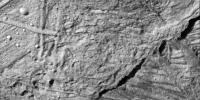
|
|||||

|
1998-05-21 | Europa |
Galileo |
Solid-State Imaging |
814x560x1 |
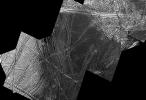
|
|||||

|
1998-05-21 | Europa |
Galileo |
Solid-State Imaging |
856x407x3 |
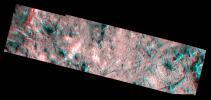
|
|||||

|
1998-05-21 | Europa |
Galileo |
Solid-State Imaging |
4000x2024x1 |
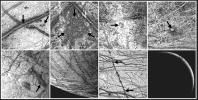
|
|||||

|
1998-06-03 | Moon |
DSPSE |
Ultraviolet/Visible Camera |
4316x4299x3 |
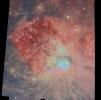
|
|||||

|
1998-06-03 | Mars |
Viking |
Visual Imaging Subsystem - Camera B |
6738x6502x3 |
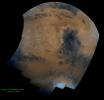
|
|||||

|
1998-06-03 | Moon |
Lunar Orbiter |
610 Millimeter Lunar Orbiter Camera |
2000x1100x1 |

|
|||||

|
1998-06-04 | Mars |
Viking |
Visual Imaging Subsystem - Camera B |
1024x880x3 |
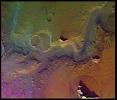
|
|||||

|
1998-06-04 | Moon |
DSPSE |
Ultraviolet/Visible Camera |
1719x1719x1 |
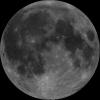
|
|||||

|
1998-06-04 | Moon |
DSPSE |
Ultraviolet/Visible Camera |
1719x1719x1 |

|
|||||

|
1998-06-04 | Venus |
Magellan |
Imaging Radar |
2000x940x3 |
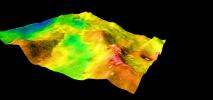
|
|||||

|
1998-06-04 | Venus |
Magellan |
Imaging Radar |
1500x1500x3 |
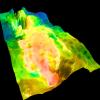
|
|||||

|
1998-06-04 | Venus |
Magellan |
Imaging Radar |
700x1400x3 |

|
|||||

|
1998-06-04 | Venus |
Magellan |
Imaging Radar |
700x1400x3 |

|
|||||

|
1998-06-04 | Mars |
Viking |
Visual Imaging Subsystem - Camera B |
1024x880x3 |
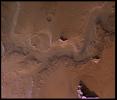
|
|||||

|
1998-06-04 | Ida |
Galileo |
Solid-State Imaging |
1563x915x3 |
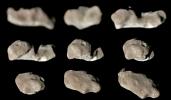
|
|||||

|
1998-06-04 | Ida |
Galileo |
Solid-State Imaging |
1563x915x3 |
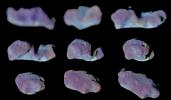
|
|||||

|
 |
 |
 |
 |
 |
 |
 |
 |
 |
 |

|
| 1-100 | 101-200 | 201-300 | 301-400 | 401-500 | 501-600 | 601-700 | 701-800 | 801-900 | 901-1000 |
| Currently displaying images: 101 - 200 of 3149 |